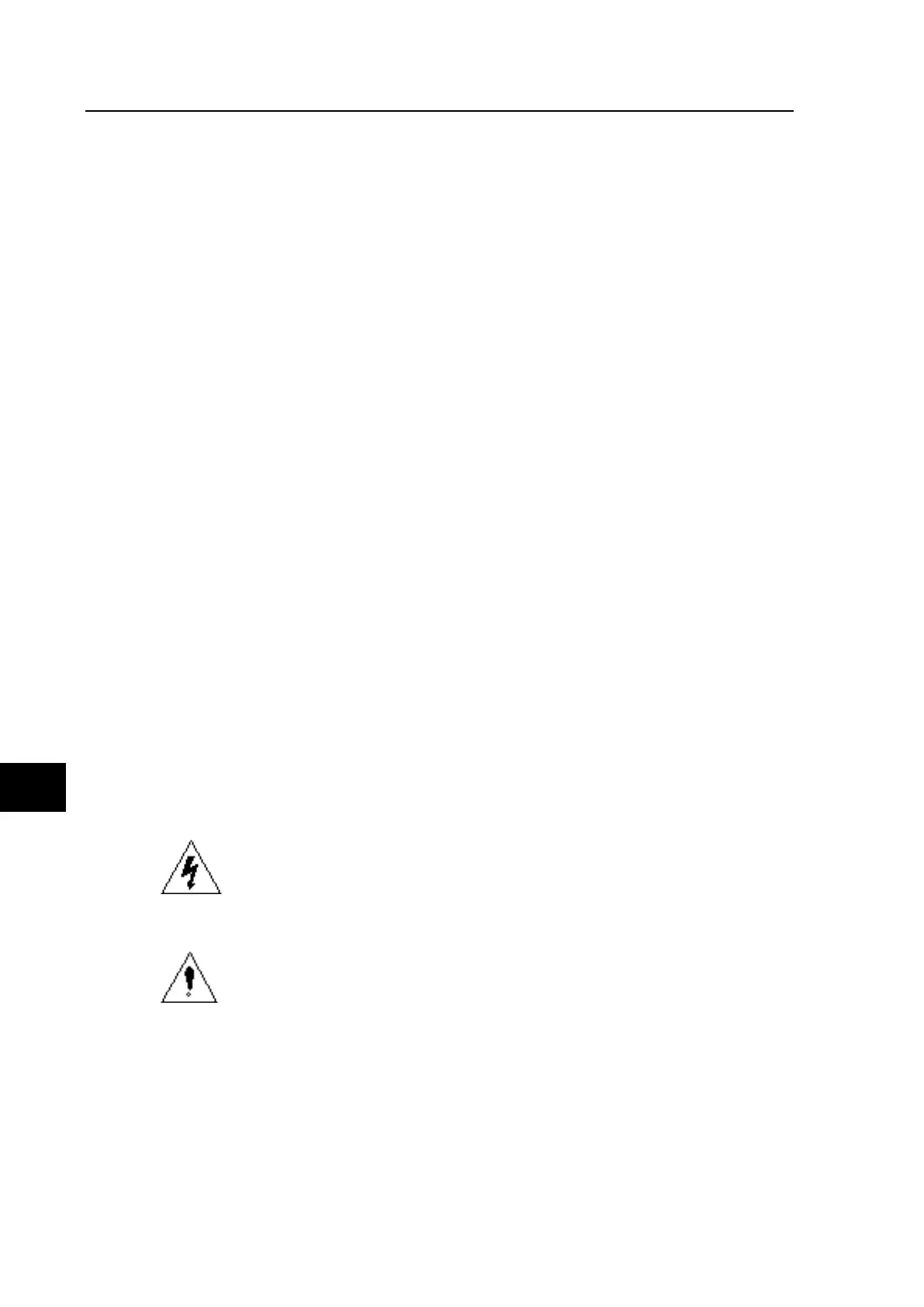CM
4. PRODUCT CHECKS
These product checks cover all aspects of the relay which should be checked to ensure that
it has not been physically damaged prior to commissioning, is functioning correctly and all
input quantity measurements are within the stated tolerances.
If the application-specific settings have been applied to the relay prior to commissioning, it is
advisable to make a copy of the settings to allow their restoration later. This could be done
by:
− Obtaining a setting file on a digital medium from the customer (this requires a portable
PC with appropriate setting software for transferring the settings from the PC to the
relay).
− Extracting the settings from the relay itself (this again requires a portable PC with
appropriate setting software).
− Manually creating a setting record. This could be done using a copy of the setting
record located at the end of this chapter to record the settings as the relay’s menu is
sequentially stepped through via the front panel user interface.
If password protection is enabled and the customer has changed password 2 that prevents
unauthorised changes to some of the settings, either the revised password 2 should be
provided, or the customer should restore the original password prior to commencement of
testing.
Note: If the password has been lost a recovery password can be obtained
from General Electric by quoting the serial number of the relay. The
recovery password is unique to that relay and is unlikely to work on
any other relay.
4.1 With the relay de-energised
The following group of tests should be carried out without the auxiliary supply being applied
to the relay and with the trip circuit isolated.
The current and voltage transformer connections must be isolated from the relay for these
checks. If a P991 test block is provided, the required isolation can easily be achieved by
inserting test plug type P992 which effectively open circuits all wiring routed through the test
block, except CT circuits which are automatically short circuited.
Before inserting the test plug, reference should be made to the scheme
(wiring) diagram to ensure that this will not potentially cause damage or a
safety hazard. CTs must be suitably short circuited on the MMLB test plug
before inserting this into the MMLG test block, otherwise there is a danger of
fatal electric shock and damage to the equipment. This is not required if
using a P991 test block and P992 test plug, since CTs are automatically
safety short circuited.
BEFORE CARRYING OUT ANY WORK ON THE EQUIPMENT, THE USER
SHOULD BE FAMILIAR WITH THE CONTENTS OF THE SAFETY
SECTION/SAFETY GUIDE Pxxx-SG-4LM-2 OR LATER ISSUE, THE
TECHNICAL DATA SECTION AND THE RATINGS ON THE EQUIPMENT
RATING LABEL.
If a test block is not provided, the voltage transformer supply to the relay should be isolated
by means of the panel links or connecting blocks. The line current transformers should be
short-circuited and disconnected from the relay terminals. Where means of isolating the
auxiliary supply and trip circuit (e.g. isolation links, fuses, MCB, etc.) are provided, these
should be used. If this is not possible, the wiring to these circuits must be disconnected and
the exposed ends suitably terminated to prevent them from being a safety hazard.

